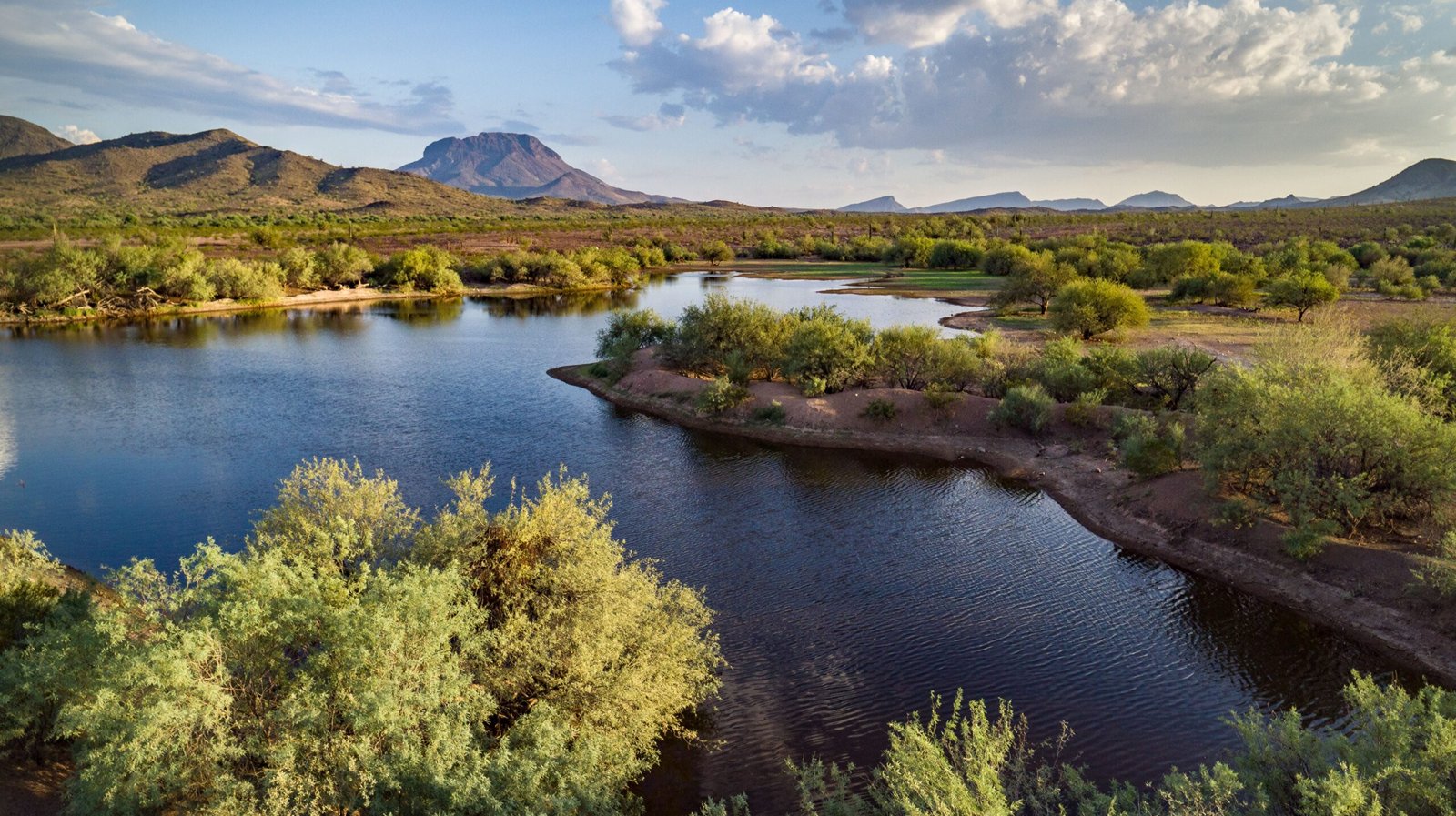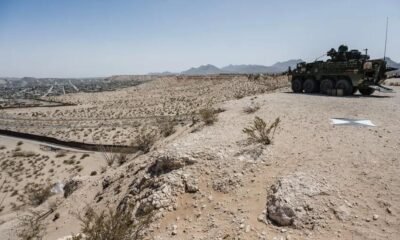arizona
Grijalva Advocates for Great Bend of the Gila National Monument in Southern Arizona

A bill has been introduced to establish a new national monument in southern Arizona, aiming to protect over 370,000 acres of the Great Bend of the Gila and Sonoran Desert Landscape. This legislation was proposed by U.S. Rep. Raúl M. Grijalva, a Democratic congressman from Tucson.
“The Great Bend of the Gila is a sacred place rich with history and deeply significant to all the communities connected to it,” Grijalva stated in a press release.
Grijalva, who is a ranking member on the House Natural Resources Committee, introduced the Great Bend of the Gila National Monument Establishment Act this month. This legislation seeks to safeguard the cultural, historical, archeological, and natural resources of the region.
The proposed national monument would encompass 376,963 acres managed by the Bureau of Land Management. It would permanently prohibit mineral extraction activities within the designated lands, although existing grazing leases and permits will remain unaffected.
The Great Bend of the Gila is significant for its rich cultural, historical, archaeological, and natural resources. At least 13 federally recognized tribes have cultural and ancestral connections to the area. Gloria L. McGee, a Fort Yuma Quechan Indian Tribe Tribal Council Member, highlighted the need to preserve these sites.
The bill asserts that protecting and restoring these resources is its primary goal. “I am proud to stand alongside the tribes and honor their years of dedication to preserving the cultural, historic, and natural heritage of this magnificent landscape by introducing this legislation,” Grijalva added.
Should the national monument be established, the act requires co-stewardship with tribal nations. The Interior Secretary would need to consult interested tribes for management decisions, ensuring they reflect tribal expertise and traditional ecological knowledge.
“Bringing tribal voices to the forefront of land management is not just a moral imperative—it is key to ensuring that our natural legacy can be protected for generations to come,” Grijalva said. The proposed legislation includes forming a tribal commission to provide guidance and recommendations.
The Fort Yuma Quechan Indian Tribe, Tohono O’odham Nation, and Yavapai-Prescott Indian Tribe have expressed their support for the bill. Verlon Jose, Chairman of the Tohono O’odham Nation, emphasized the deep cultural and religious connections tribes have with the Great Bend of the Gila.
In a statement, Yavapai-Prescott Indian Tribe President Robert Ogo detailed the historical significance of the proposed monument, including ancient rock writings and geoglyphs.
The 13 tribes connected to the region include the Ak-Chin Indian Community, Cocopah Indian Tribe, Colorado River Indian Tribes, Fort McDowell Yavapai Nation, Fort Mojave Indian Tribe, the Fort Yuma-Quechan Indian Tribe, Gila River Indian Community, Hopi Tribe, Pueblo of Zuni, Salt River Pima-Maricopa Indian Community, Tohono O’odham Nation, Yavapai-Apache Nation, and Yavapai-Prescott Indian Tribe.


















